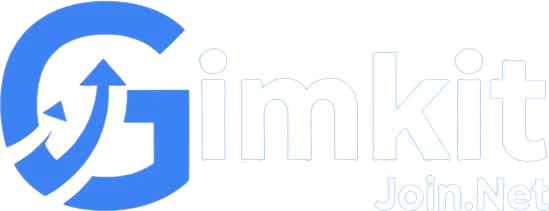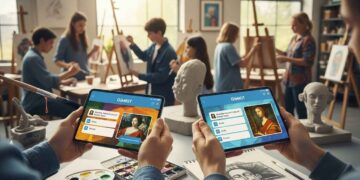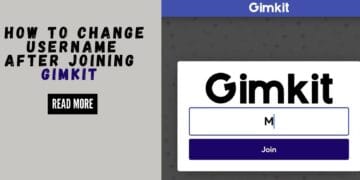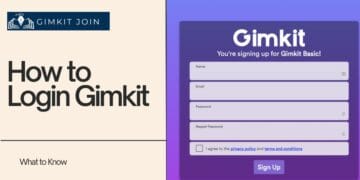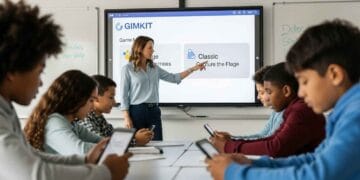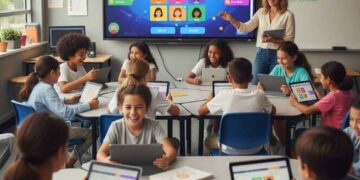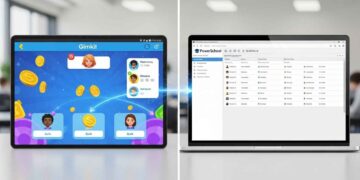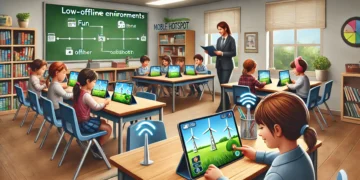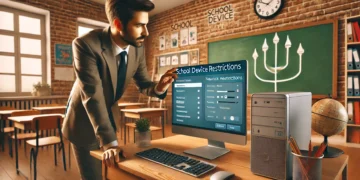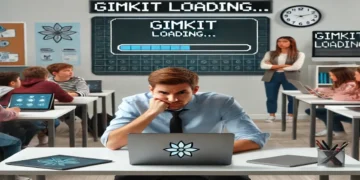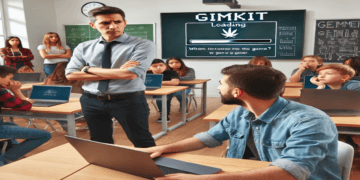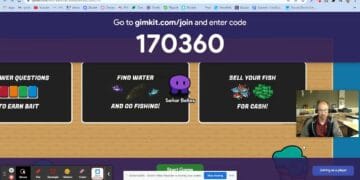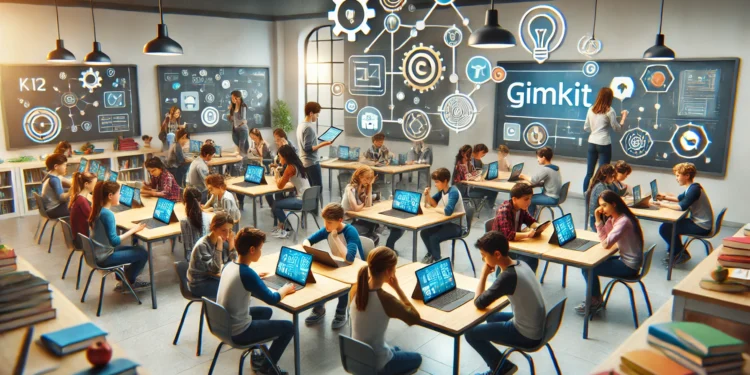On the surface, Gimkit is a fast-paced, high-energy quiz game. But to the seasoned educator, it’s a powerful tool for developing skills that go far beyond a correct answer. It’s a platform built to foster the Four Cs: Critical Thinking, Creativity, Collaboration, and Communication.
In this ultimate guide, we’ll move past the basics and show you exactly how Gimkit’s unique features intentionally support and strengthen these essential Gimkit learning skills in your K-12 classroom.
Critical Thinking & Problem-Solving
Critical thinking is the ability to analyze information, evaluate claims, and make reasoned judgments. In a Gimkit game, this isn’t just about answering questions—it’s about making strategic decisions.
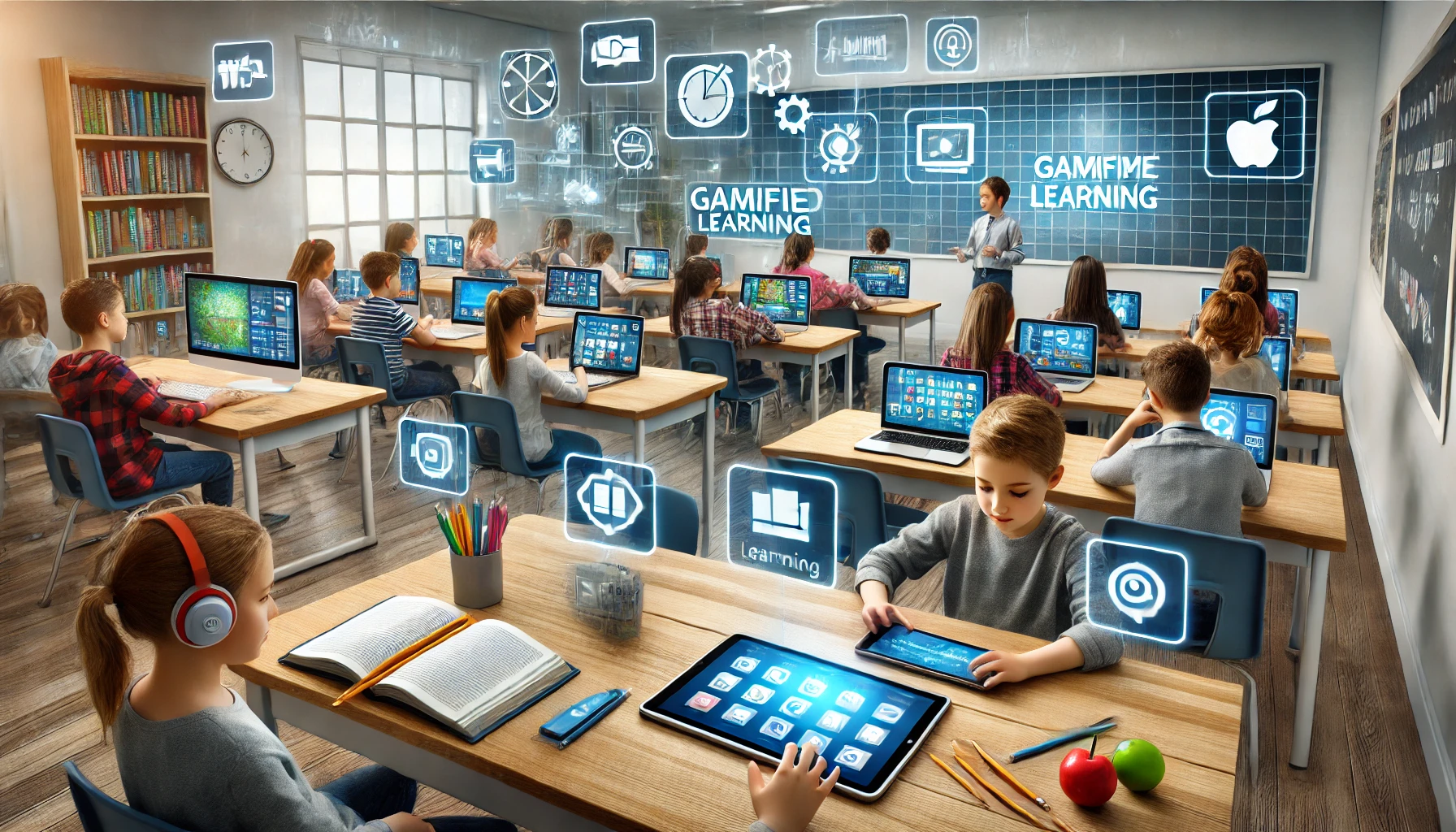
How Gimkit Builds It
- Strategic In-Game Economy: Every dollar students earn is a decision. Do they invest in a multiplier to earn more money faster, or do they purchase a power-up to slow down their rivals? For a deeper dive into the psychology of how these incentives drive engagement, explore our guide on Gimkit rewards.
- Specialized Game Modes: Modes like Trust No One or Tag require students to analyze player behavior, make hypotheses, and choose a course of action—all perfect training for the critical thinking muscle.
This type of strategic gameplay turns passive memorization into an active process that helps students make connections between concepts.
Collaboration & Communication
Working effectively with others is a non-negotiable skill for the modern workplace. Gimkit turns individual quizzing into a shared experience, building essential communication skills.
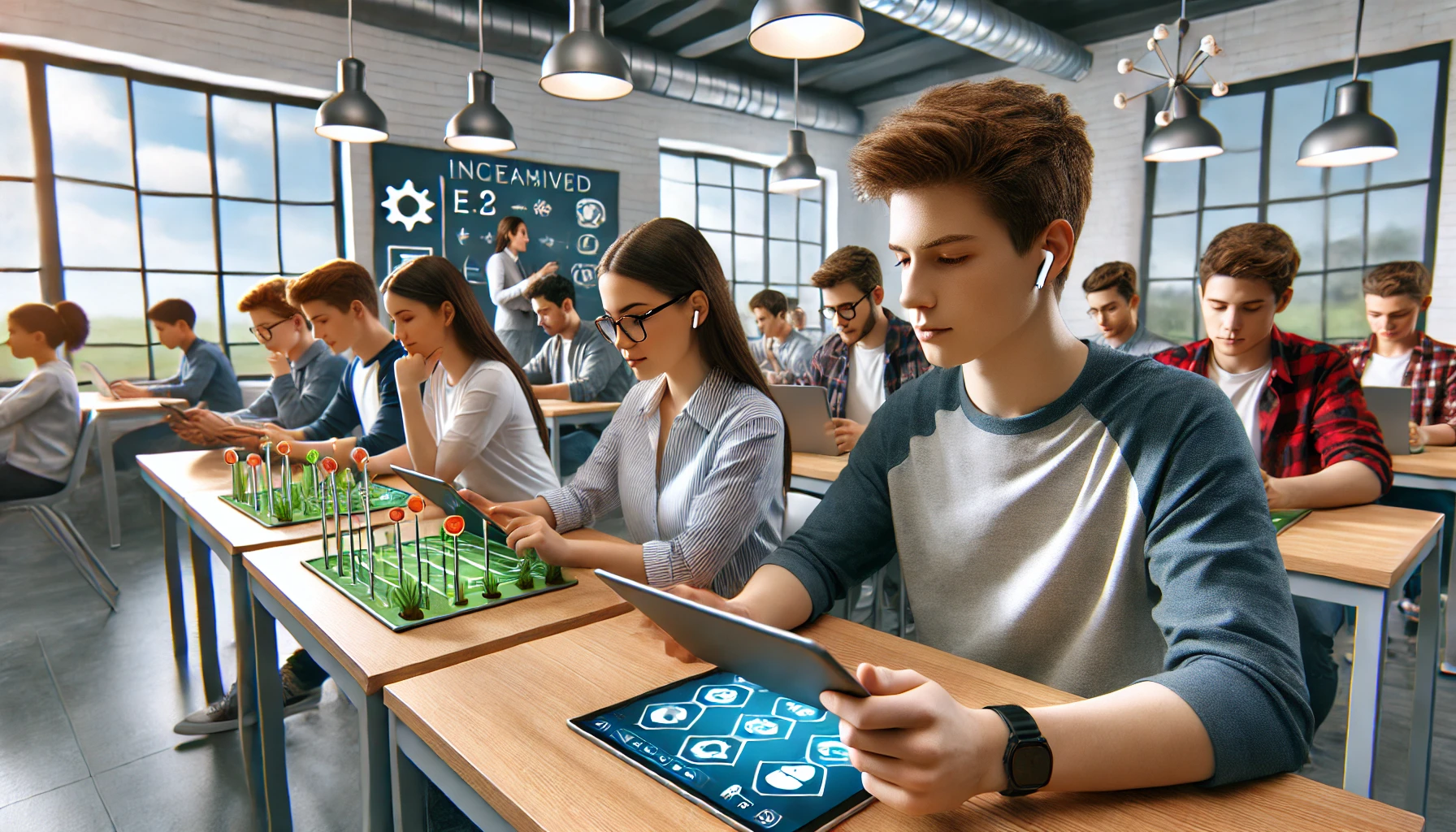
How Gimkit Builds It
- KitCollab: This revolutionary feature allows students to collaboratively build a quiz. By contributing their own questions, they are forced to process the material on a deeper level and communicate with their peers about what is important to learn. It’s peer-to-peer teaching at its best.
- Team-Based Game Modes: In game modes like Team Mode or Capture the Flag, students must strategize and communicate effectively with their teammates to achieve a common goal. For more team-based ideas and real-world teaching advice, check out our guide to Gimkit community tips.
These features make Gimkit collaboration a natural part of the learning process, helping students develop vital teamwork skills.
Creativity
Creativity in the classroom isn’t just about art; it’s about innovative problem-solving and thinking outside the box. Gimkit offers unique opportunities for students to express their creativity while learning.

How Gimkit Builds It
- Student-Generated Questions: When you use KitCollab or assign students to create their own kits, you are asking them to think like a teacher. This requires creativity in how they frame questions, choose correct answers, and craft compelling distractors.
- Gimkit Creative: For the ultimate creative outlet, Gimkit Creative allows students to design their own unique game worlds from scratch, giving them a chance to build a game that teaches any skill they can imagine.
By giving students these tools, Gimkit moves beyond simple recall and encourages them to become creators of knowledge, not just consumers.
Beyond the 4 Cs: Formative Assessment & Metacognition
The ability to reflect on one’s own thinking and identify knowledge gaps is a foundational skill for lifelong learning. This process, known as metacognition, is a key pedagogical benefit of Gimkit.
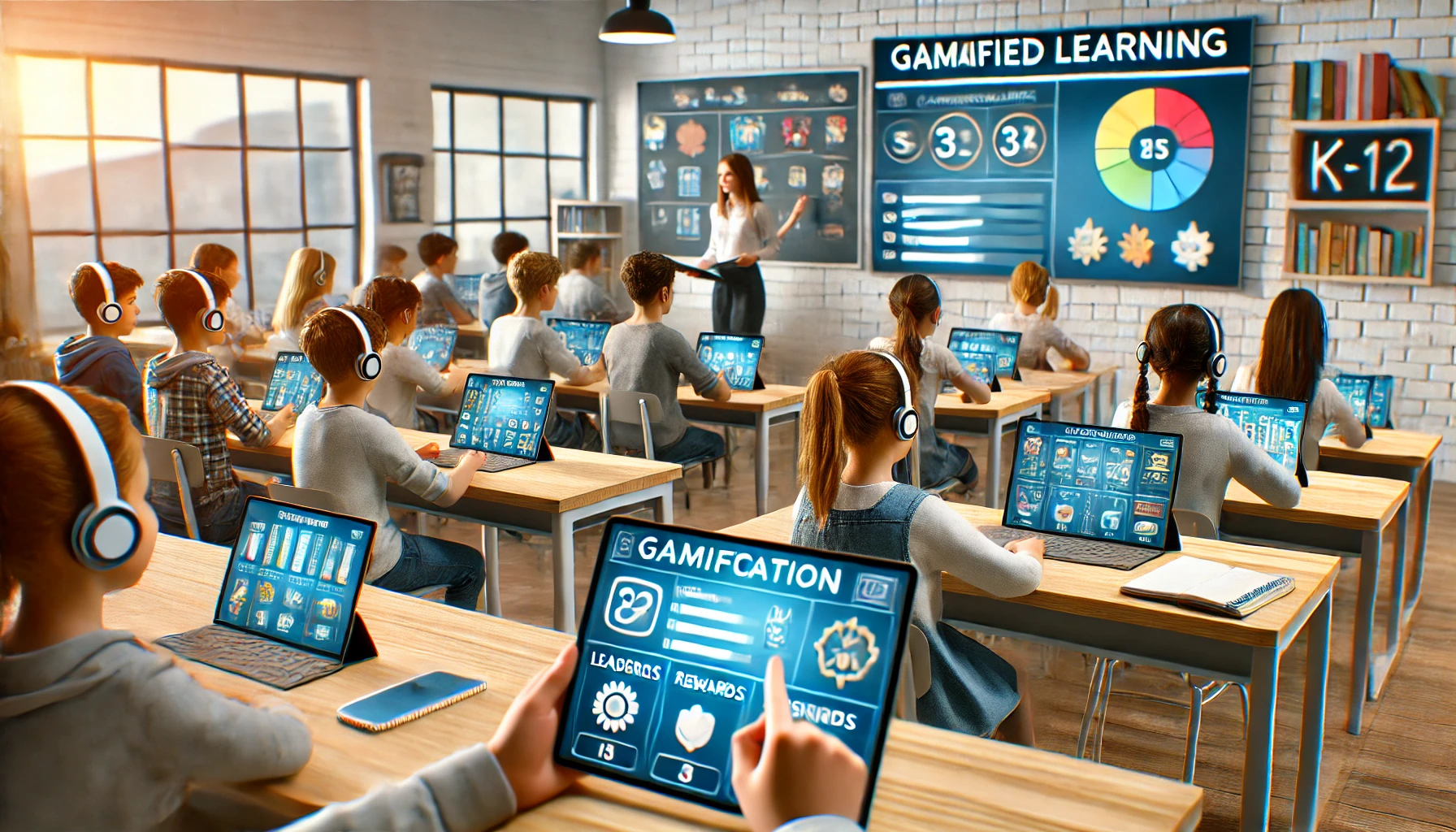
How Gimkit Supports It
- Real-time Reports: After every game, Gimkit provides a detailed report that shows you which questions the class struggled with and how individual students performed. This is an invaluable tool for formative assessment that gives you the data you need to adjust your lesson plan.
- Student-Led Reflection: Encourage students to review their own game reports. By seeing which questions they missed and how many times they got them wrong, they can engage in powerful self-reflection and take ownership of their learning journey.
Gimkit’s analytics provide a seamless way to integrate data-driven instruction and promote student self-awareness.
Conclusion: Is Gimkit the Future of K-12 Education?
While Gimkit is incredibly fun and engaging, its true power lies in its ability to support and develop the Gimkit learning skills that matter most in the 21st century. It transforms passive review sessions into active learning experiences. To see how it stacks up against other popular tools, read our detailed comparison of Gimkit vs. Blooket.
